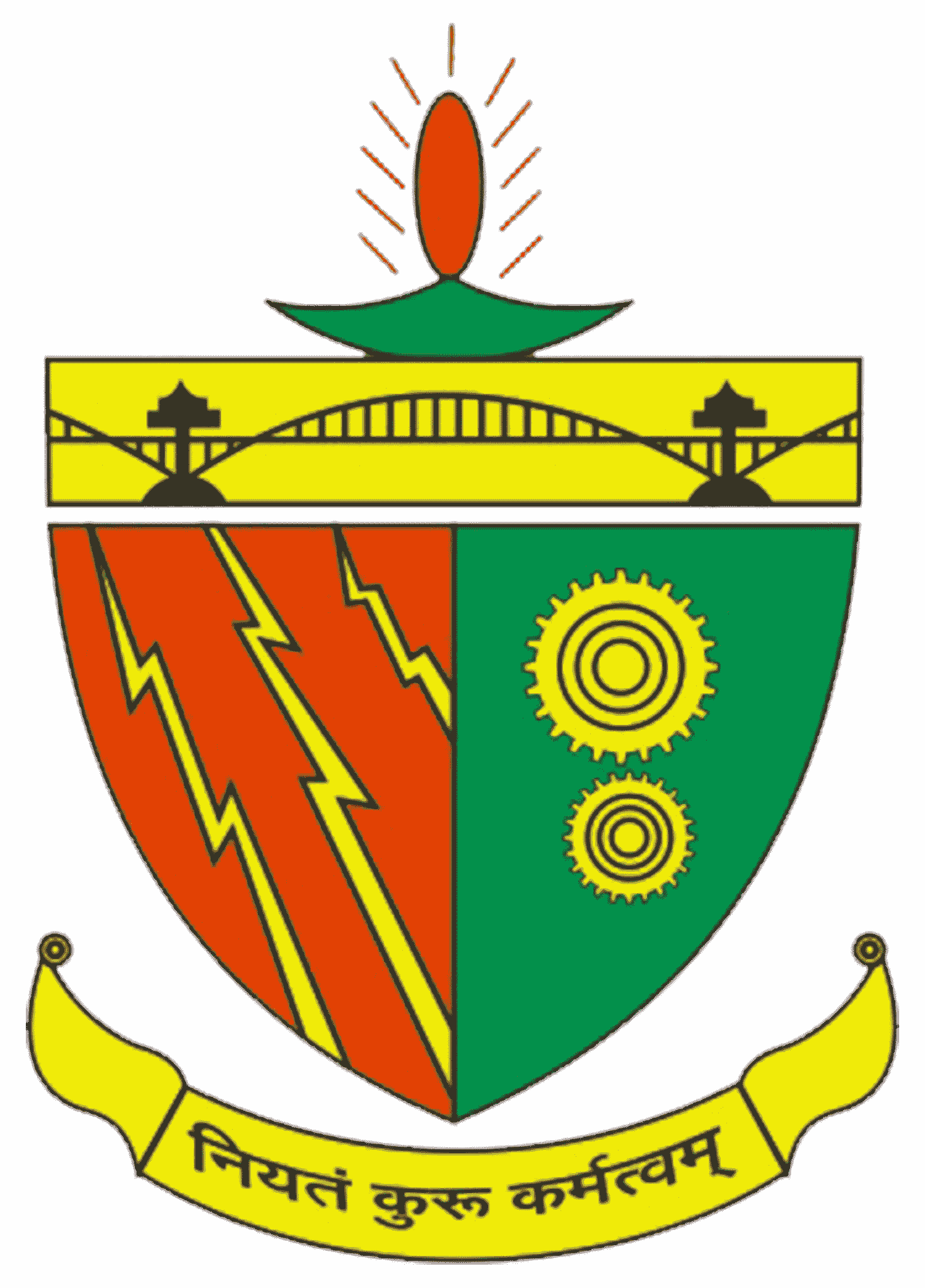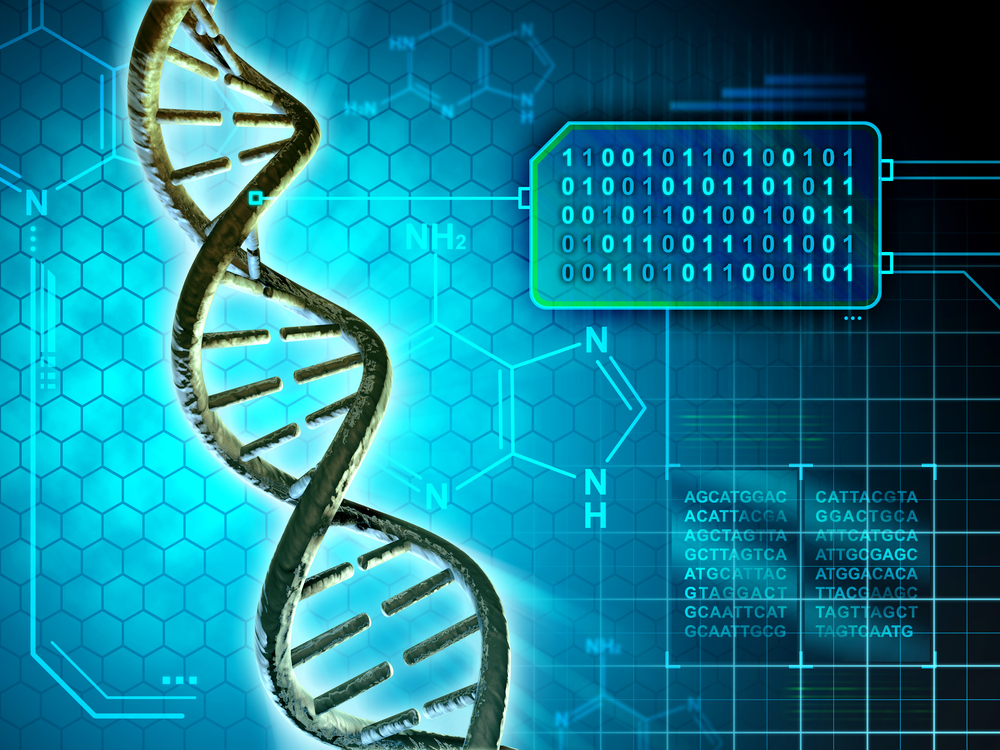Computational biology is the field of science that involves the development and application of data-analytical and theoretical methods, mathematical modeling and computational simulation techniques to the study of biological, ecological, behavioral, and social systems. The field is broadly defined and includes foundations in biology, applied mathematics, statistics, biochemistry, chemistry, biophysics, molecular biology, genetics, genomics, computer science and evolution.
Computational biology is similar to bioinformatics, which is an interdisciplinary science using computers to store and process biological data.
Computational Biology, which includes many aspects of bioinformatics, is the science of using biological data to develop algorithms or models to understand biological systems and relationships. Until recently, biologists did not have access to very large amounts of data. This data has now become commonplace, particularly in molecular biology and genomics.
Bioinformatics began to develop in the early 1970s. It was considered the science of analyzing informatics processes of various biological systems. At this time, research in artificial intelligence was using network models of the human brain in order to generate new algorithms. This use of biological data to develop other fields pushed biological researchers to revisit the idea of using computers to evaluate and compare large data sets. By 1982, information was being shared among researchers through the use of punch cards. The amount of data being shared began to grow exponentially by the end of the 1980s. This required the development of new computational methods in order to quickly analyze and interpret relevant information. Since the late 1990s, computational biology has become an important part of developing emerging technologies for the field of biology.
Computational biology has been used to help sequence the human genome, create accurate models of the human brain, and assist in modeling biological system.
#Listiquiz_Entry51
#The Model Club




